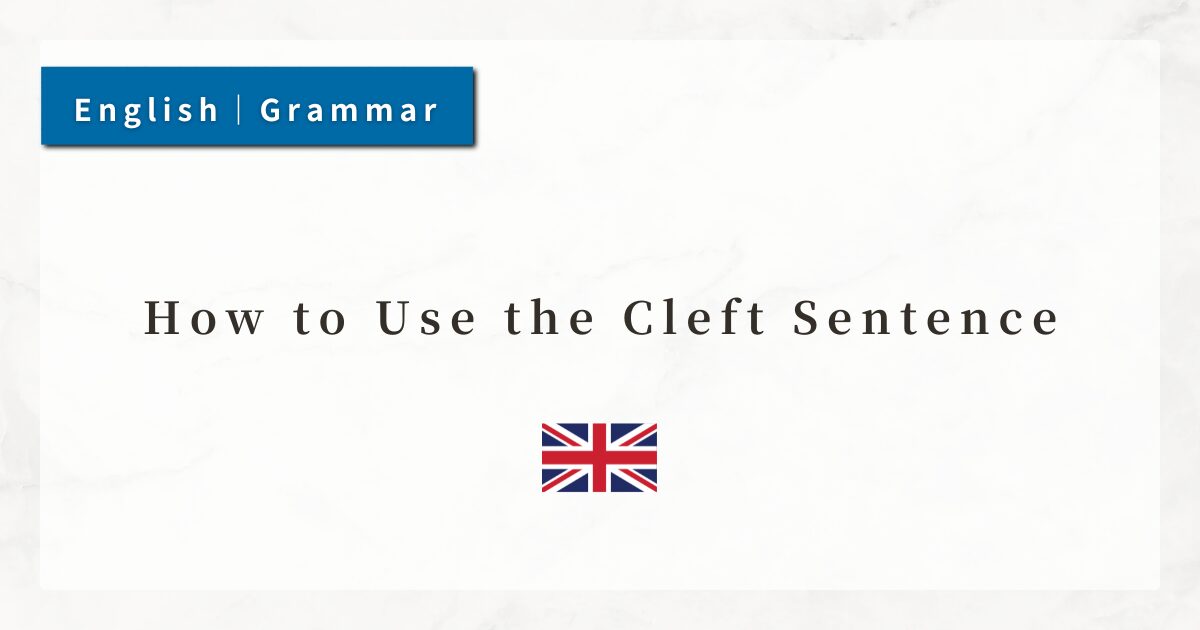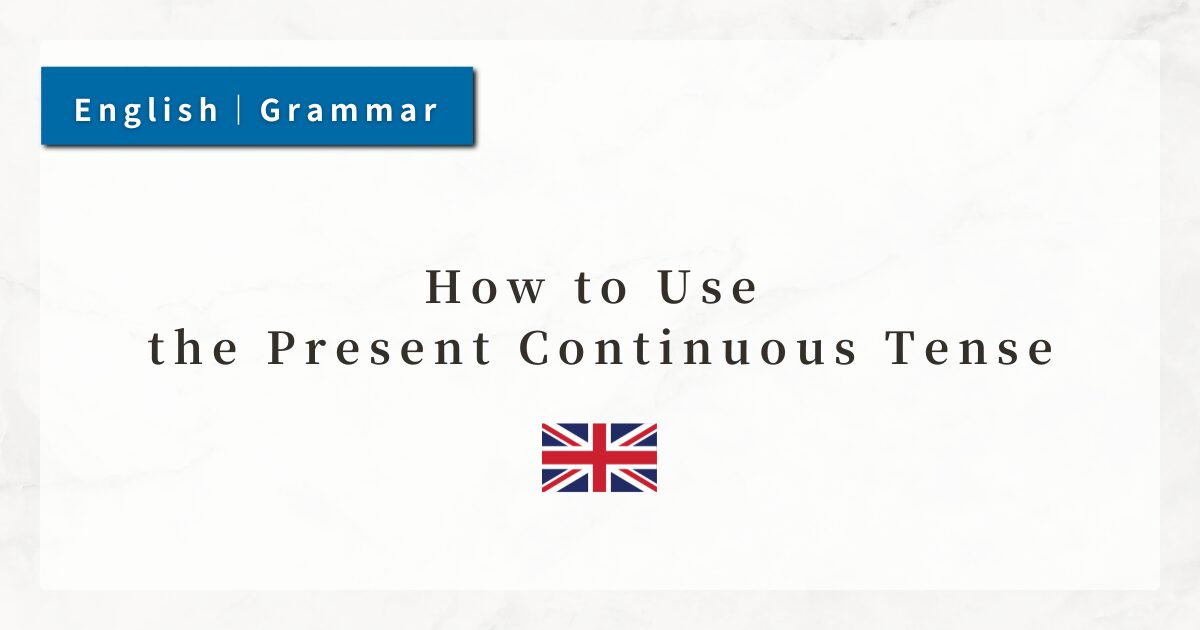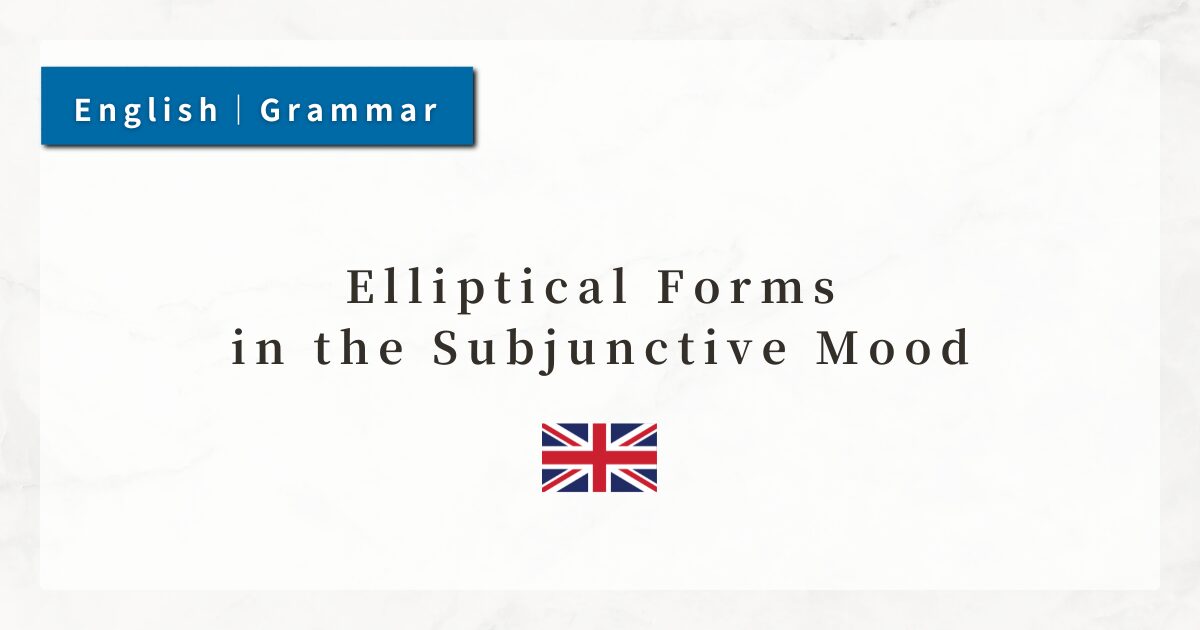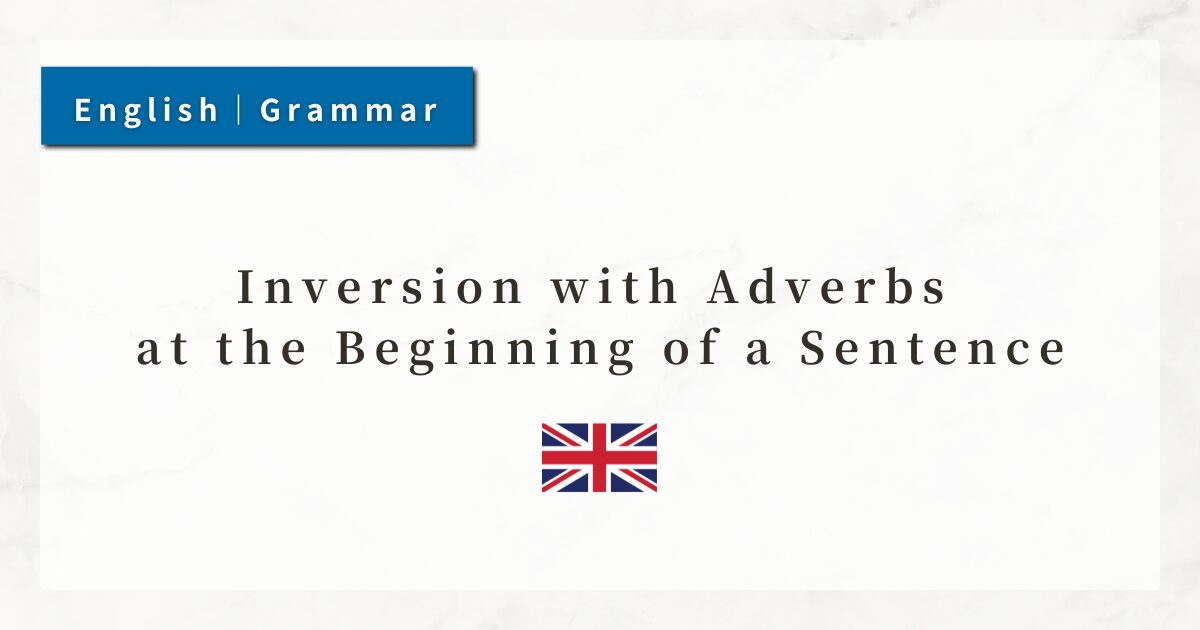#34 The Past Continuous Tense|Rules of “was / were + -ing”
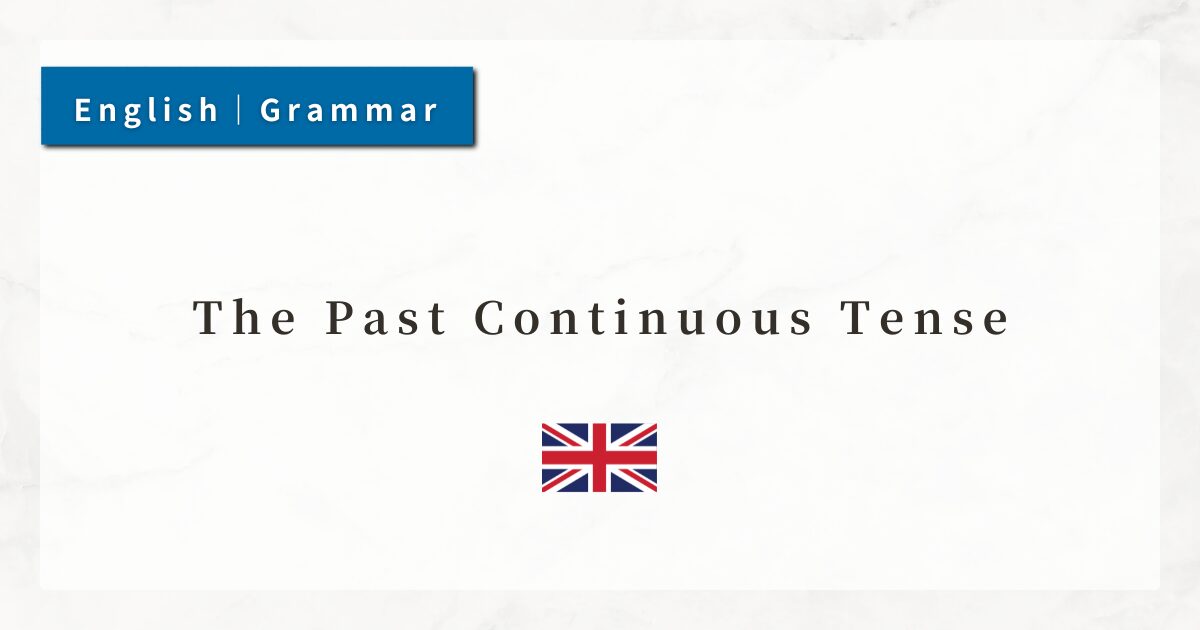
In English, the past continuous tense (was / were + -ing) is used to describe an action or situation that was in progress at a specific moment in the past.
Unlike the simple past, which merely states a completed fact (“I studied”), the past continuous emphasizes that the action was ongoing at that particular time.
In this lesson, I will explain the basic rules of the past continuous tense and its main points of usage.
1. The Basics of the Past Continuous Tense
When I want to say “was doing” in the past, I use the past continuous tense.
The past continuous is formed with “the past tense of “be” (was / were) + the -ing form of the verb.”
| Subject | Be verb | Verb (-ing) | Example Sentence |
|---|---|---|---|
| I / He / She / It | was | eating | He was eating dinner. |
| You / We / They | were | talking | They were talking in the park. |
While the simple past only reports a fact (“I studied”), the past continuous highlights that the action was in progress at that moment.
2. Main Uses of the Past Continuous
2-1. An Action in Progress at a Specific Time
The past continuous shows that an action was ongoing at a certain time.
- I was studying at 9 last night.
In contrast, I studied at 9. simply states the fact that studying happened at 9, without conveying that it was in progress.
2-2. An Interrupted Action
It is used when one action was in progress and another event occurred.
- She was cooking when I called her.
Here, was cooking is the ongoing action, while called is the interrupting event. The past continuous paints the background, and the simple past shows the event that happened against it.
2-3. Two Actions Happening Simultaneously
When two past continuous verbs are used together, they indicate that different actions were happening at the same time.
- While I was reading, my brother was watching TV.
The conjunction while is often used with the past continuous to show parallel actions.
3. Points to Keep in Mind
3-1. Stative Verbs Cannot Be Used in the Continuous Form
Verbs that express a state rather than an action, such as know, like, understand, are not used in the -ing form.
- I knew the answer
This is because these verbs do not describe an action in progress, but rather a condition or state.
3-2. Be Aware of the Difference from the Simple Past
The past continuous emphasizes that the action was in progress at a certain moment. If I only need to state a completed fact, I use the simple past.
- I watched TV at 8.
→ Reports only the fact. - I was watching TV at 8.
→ Expresses that I was in the middle of watching TV at that time.
The past continuous thus conveys a more vivid, ongoing sense of the situation.
4. Summary
- The past continuous is formed with was / were + -ing.
- Use was with I, he, she, it; use were with you, we, they.
- It is mainly used in three cases:
1. An action in progress at a specific time (I was studying at 9.)
2. An action interrupted by another event (She was cooking when I called.)
2. Two actions happening simultaneously (I was reading while he was watching TV.) - Stative verbs (know, like, understand, etc.) are not used in the continuous form.

